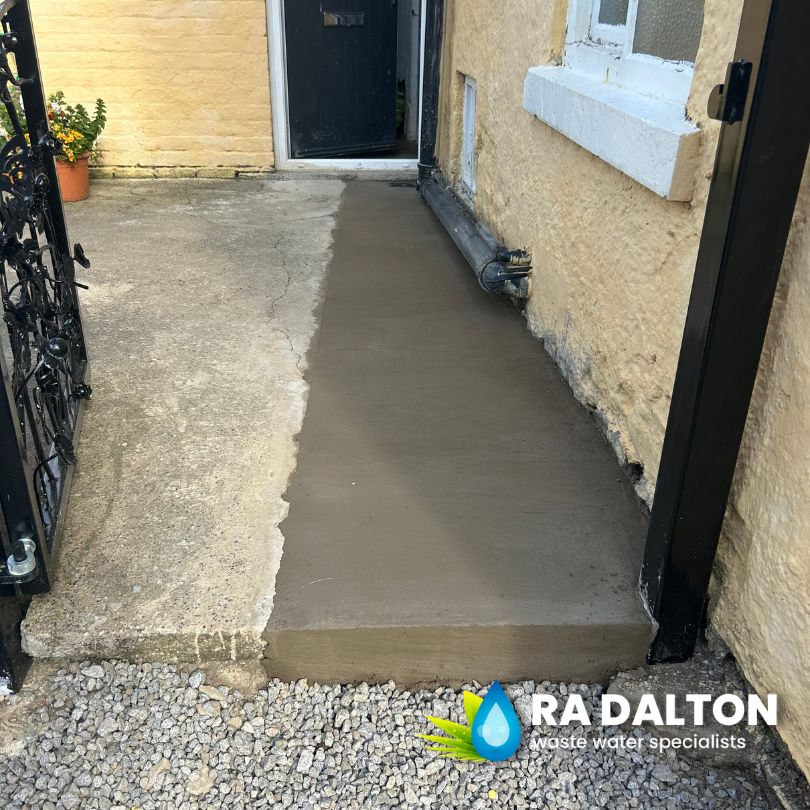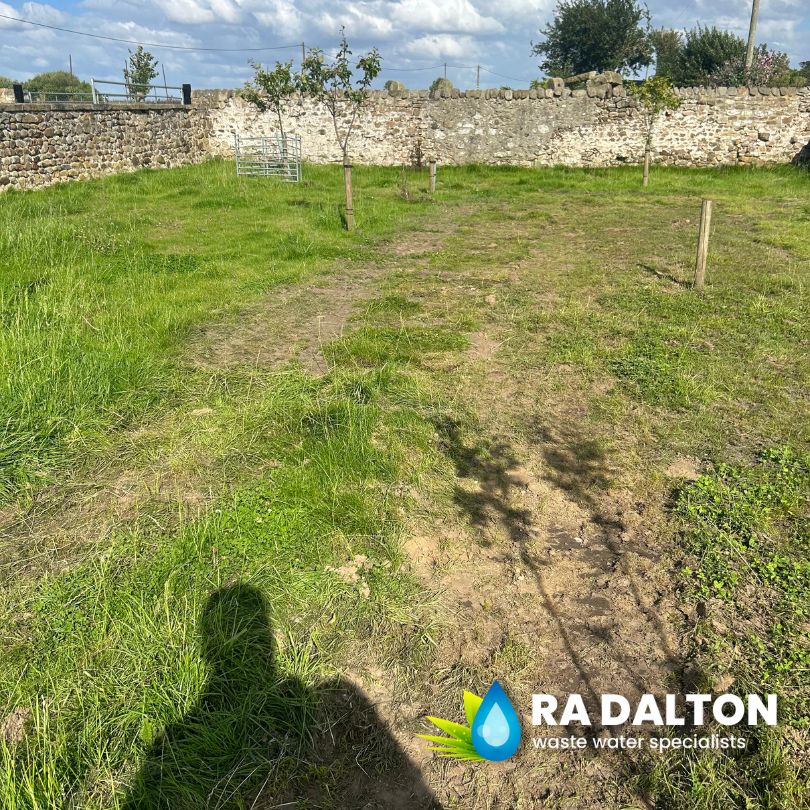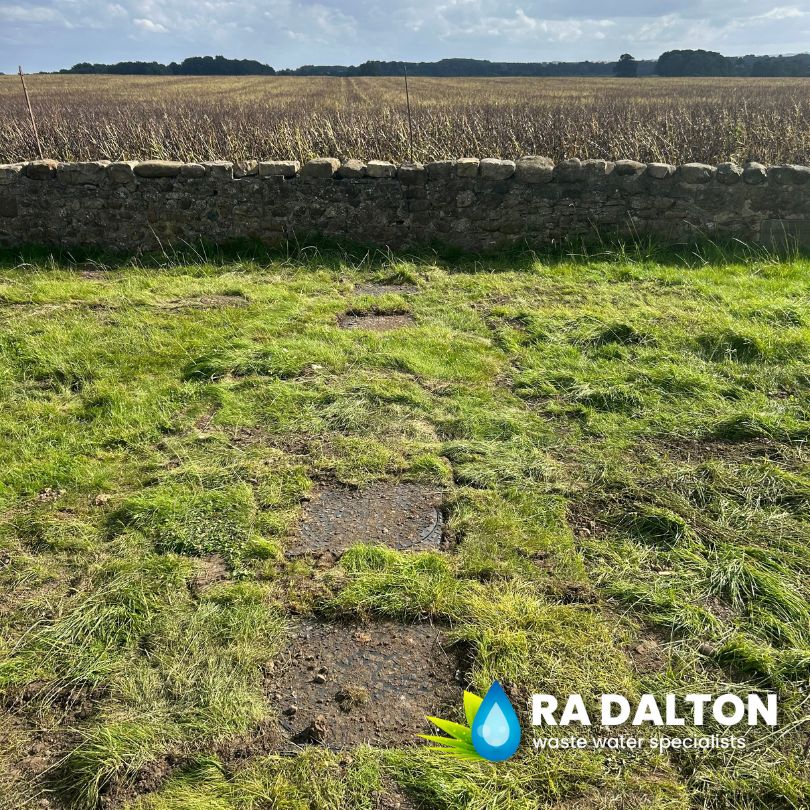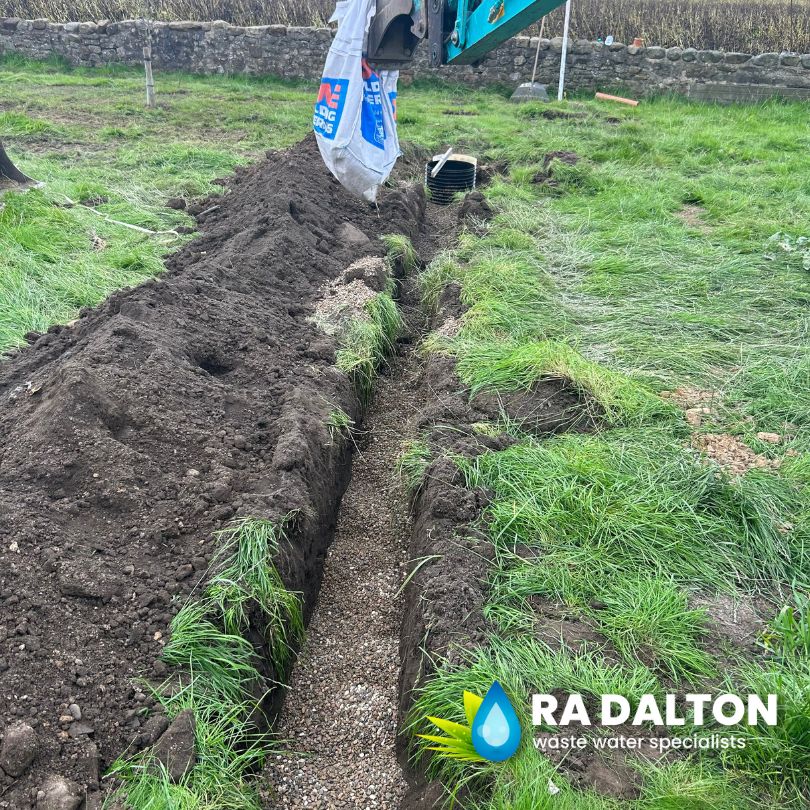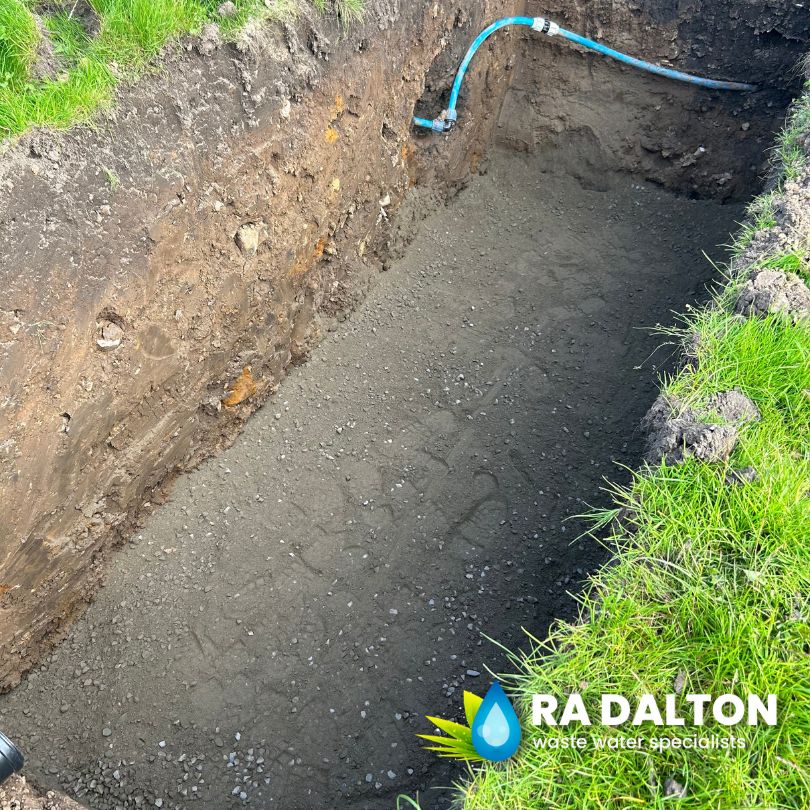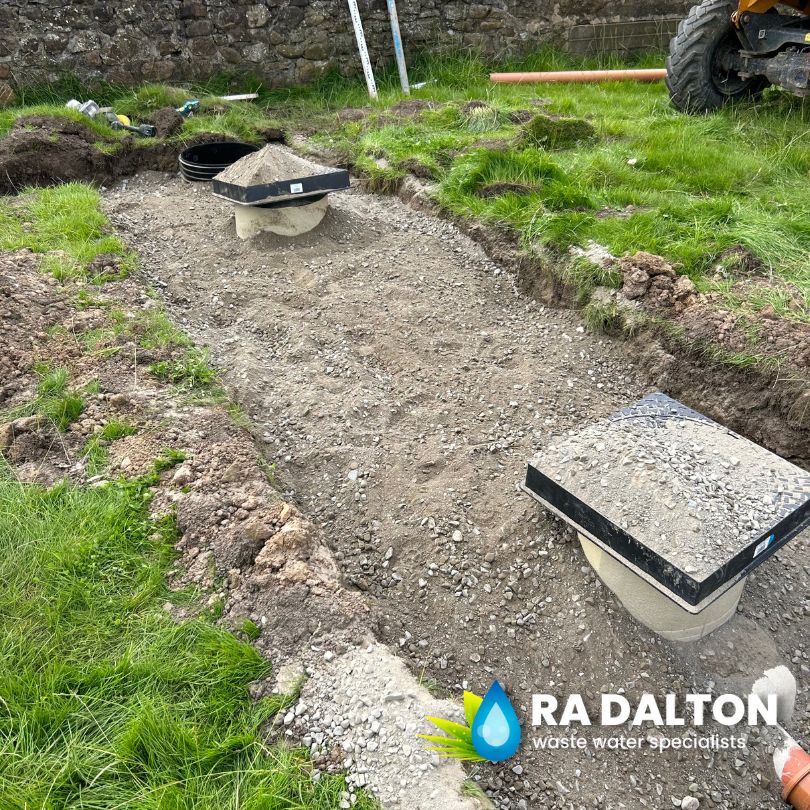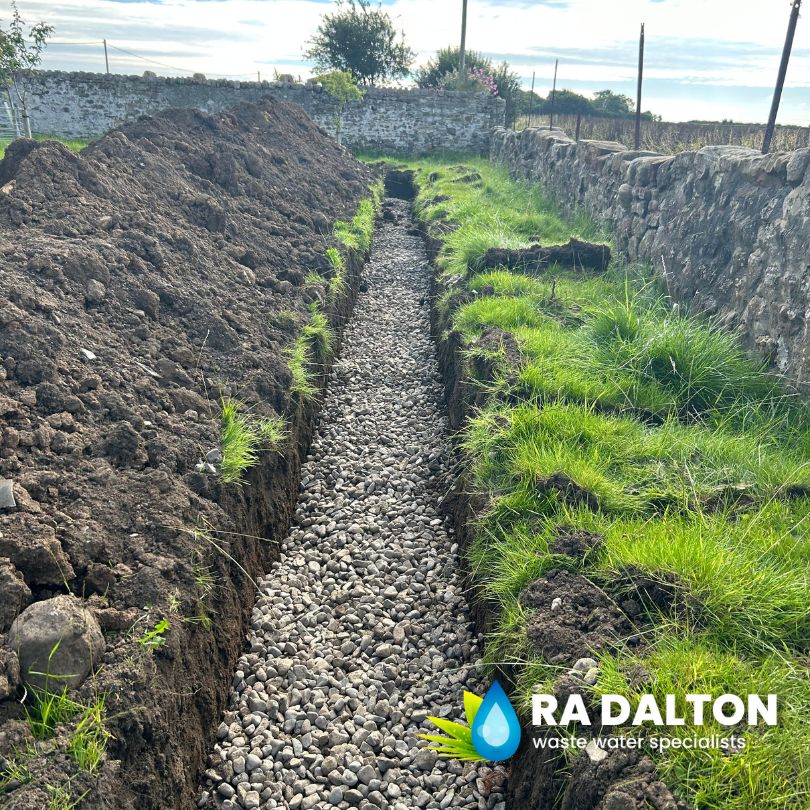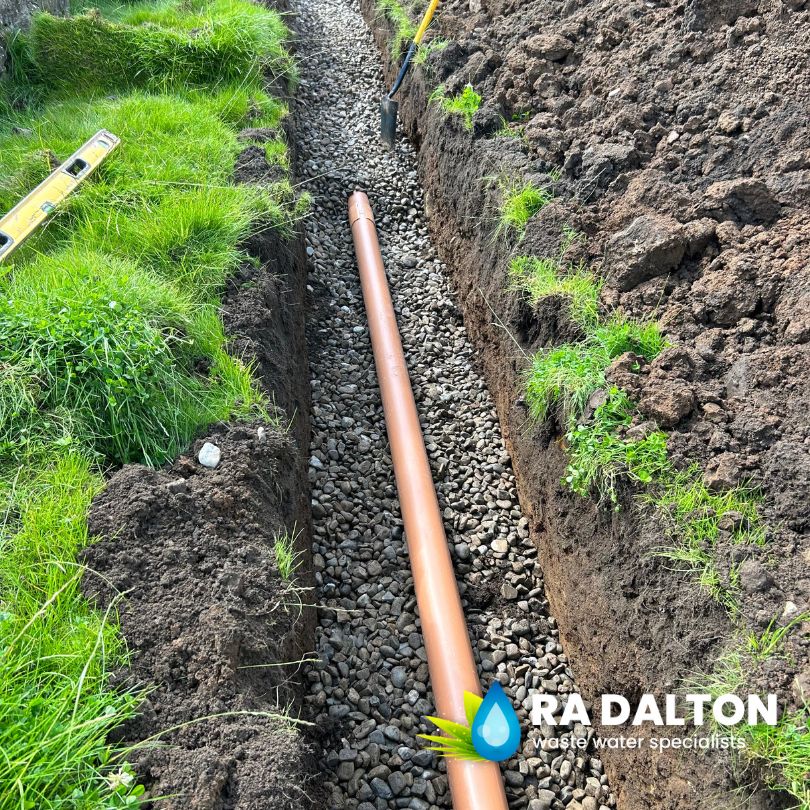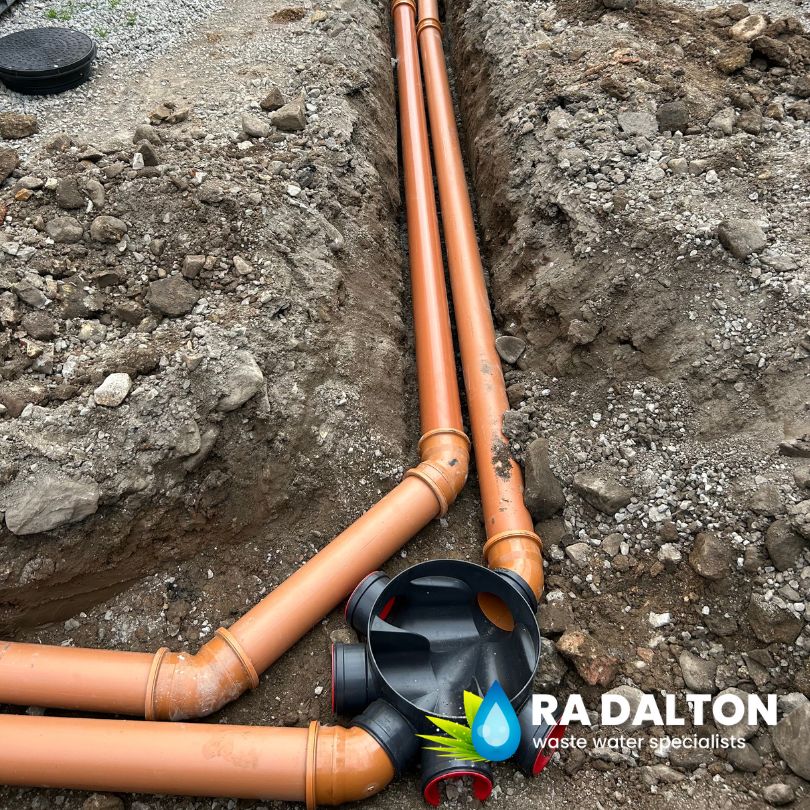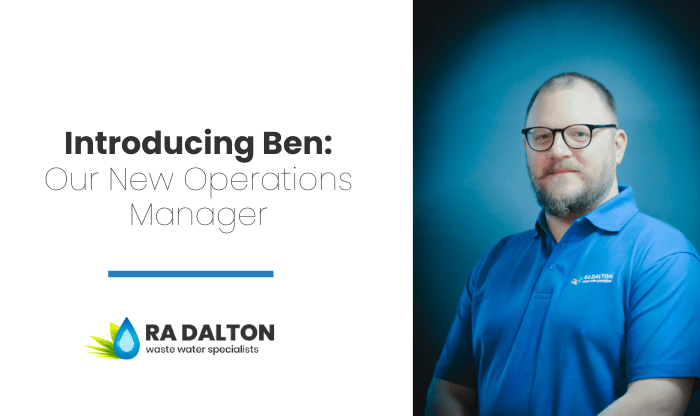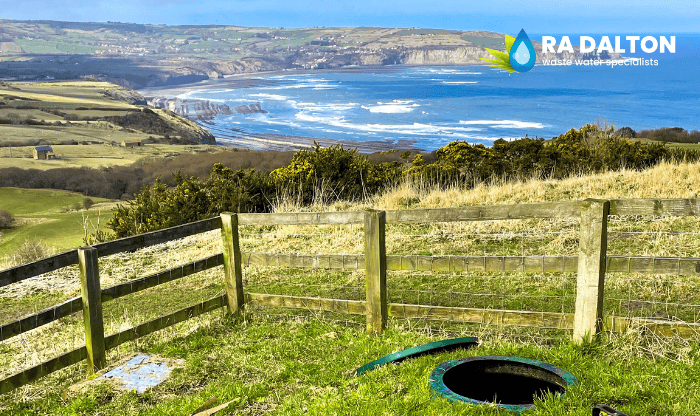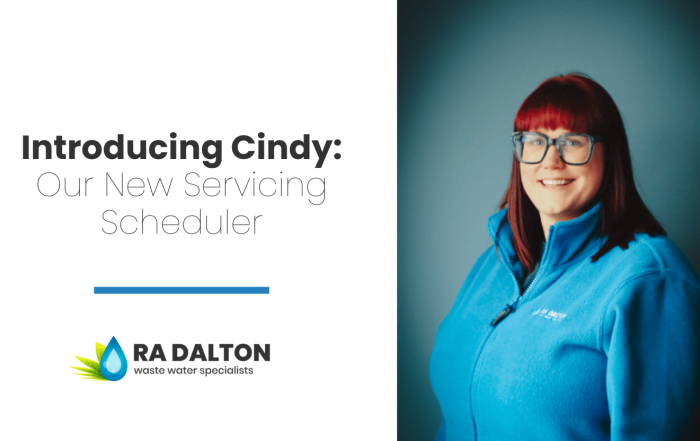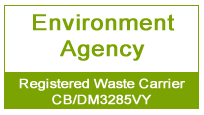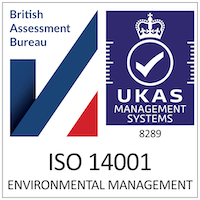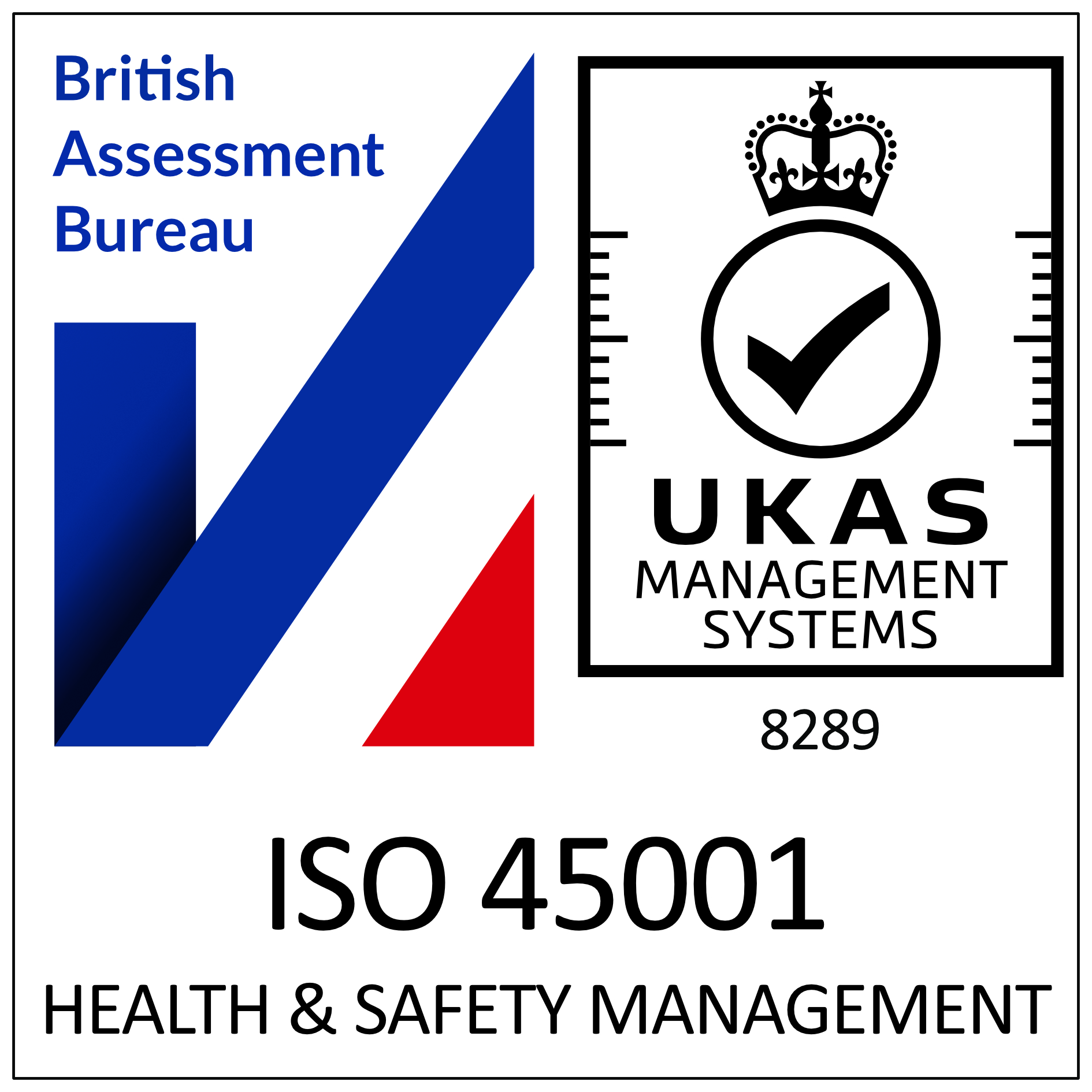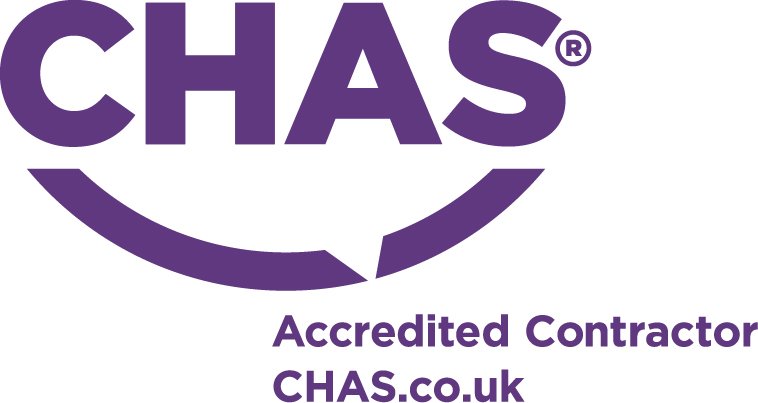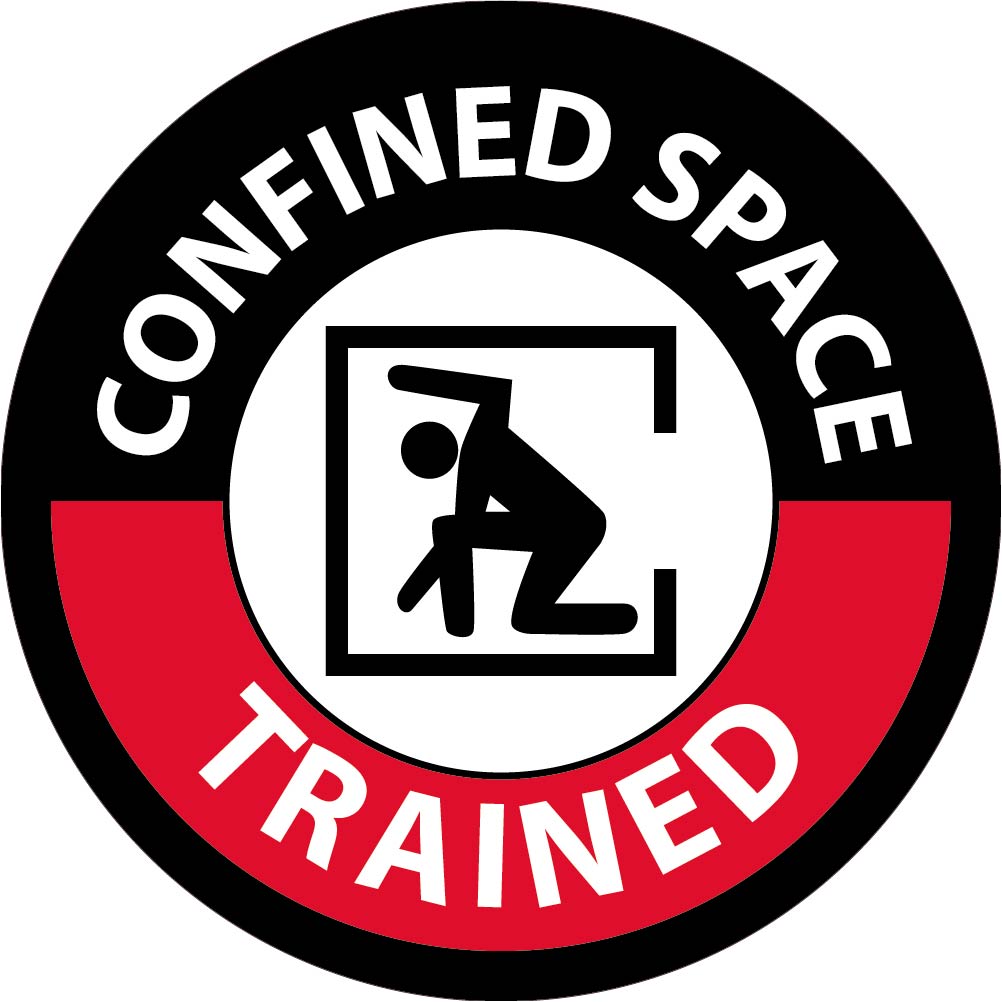Latest sewage & wastewater news
RA Dalton Ltd are the Klargester number one accredited installer covering the whole of the UK.
Klargester Septic Tank Compliance
As part of a larger scale project on behalf of a local estate, we have been carrying out a number of Septic tank compliance checks on a number of their properties, these were surveyed to identify if the property was considered to be compliant with the 2020 General Binding Rules.
Whilst a vast quantity of the tanks were either found to be in a functional order or required a few minor modification works such as a new outlet sample point or a replacement cover and frame, there were some properties that needed to take more action to meet the outlined requirements in order to be compliant with the current legislation.
Klargester shallow dig septic tank
As the majority of these dwellings were located in remote areas of the countryside, space was rarely an issue to consider, this meant that for properties that did not have a nearby watercourse that was easily accessible the preferred installation route was to install a new septic tank and drainage field.
Whilst a sewage treatment plant can discharge to both ground and to a watercourse under the current rules and regulations, the septic tank is only suitable for a discharge to a soakaway. If there are no circumstances which meant that a Sewage treatment plant must be installed (eg. SSSI areas, limited space or depth of soakaway requiring a pump) then a septic tank is the obvious choice.
Septic tank installation
One of the main reasons many prefer the installation of a Septic tank over a sewage treatment plant is due to the reduced maintenance requirements, a septic tank is relatively straightforward to look after with routine emptying and frequent visual checks of the drains and soakaway area being the main prerogative.
By principle the Septic tank acts as a holding vessel, retaining all solids within the unit and allowing only wastewater to be filtered through and dispersed into a drainage field designed to BS6297:2007 standards. There are however some limitations that Septic tank owners should be made aware of:
- Rainwater should not enter the septic tank as these systems are designed to handle the daily flow from a property, excess rainfall can cause the system to be overloaded, unsettling the solids, and potentially causing the unit to fail.
- Only the 3 Ps should enter your Septic tank – Pee, Poo and Paper.
- No excessive cleaning products, oils or greases should enter the septic tank.
- Any nappies, sanitary items or foreign objects that enter the septic tank could be a risk of not only causing blockages meaning your drains will back up but also can end up causing structural damage to your system.
2020 General Binding Rules
For one property on the estate we recently carried out the installation of a new Klargester 3,800 litre shallow dig septic tank, this was the optimum choice for the property as with ample working area we were able to utilize the field to install a new suitable soakaway.
A lot of drainage modification from the property was also necessary which required the excavation of the concrete yard and relaying upon completion of the work. The full scale of the project required the vast majority of the wastewater network to be replaced.
Some times the selection of the unit goes beyond just what will work on site but also a consideration for what works best for the customer.

